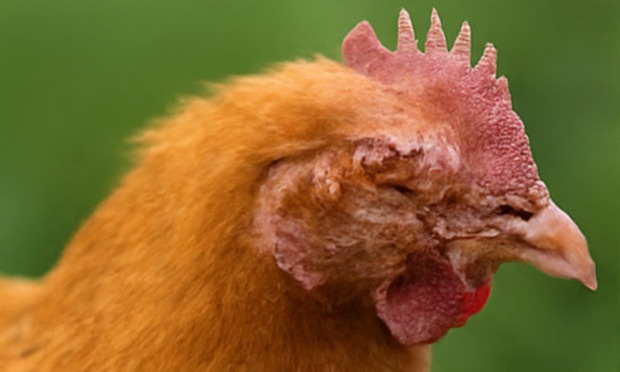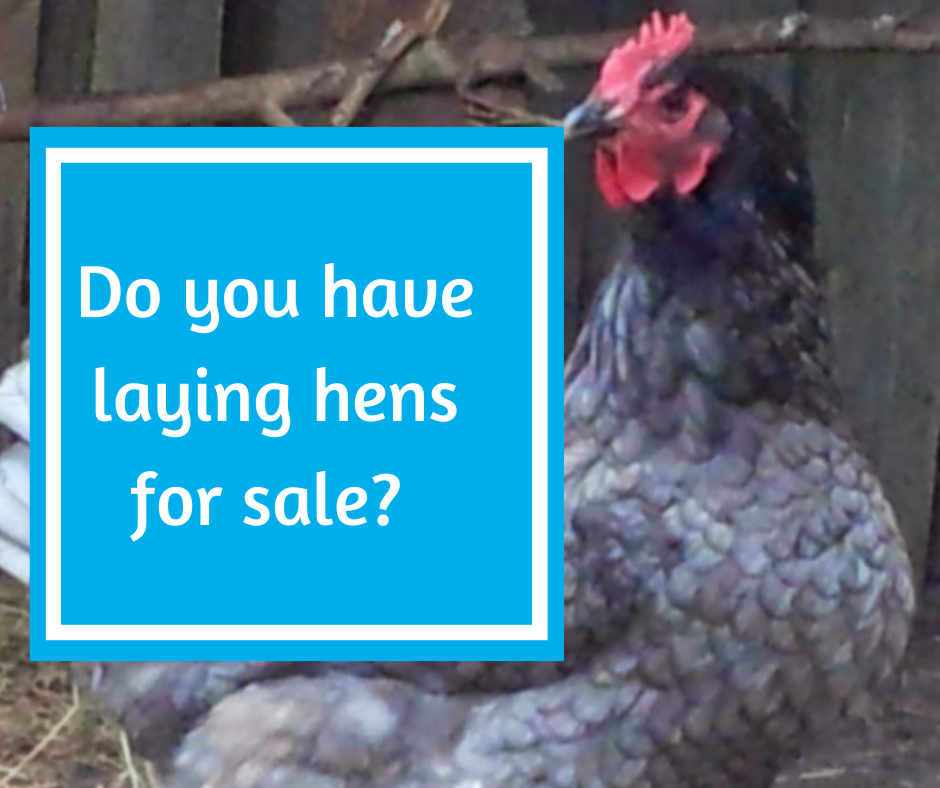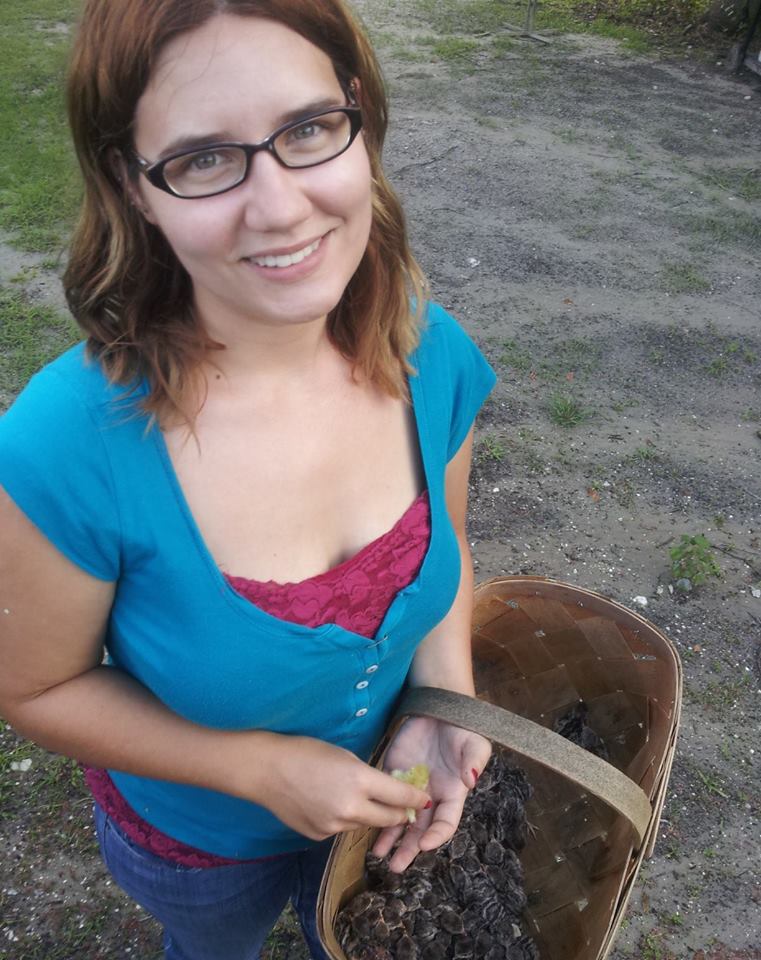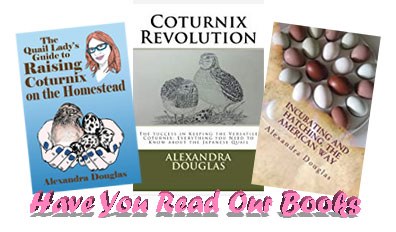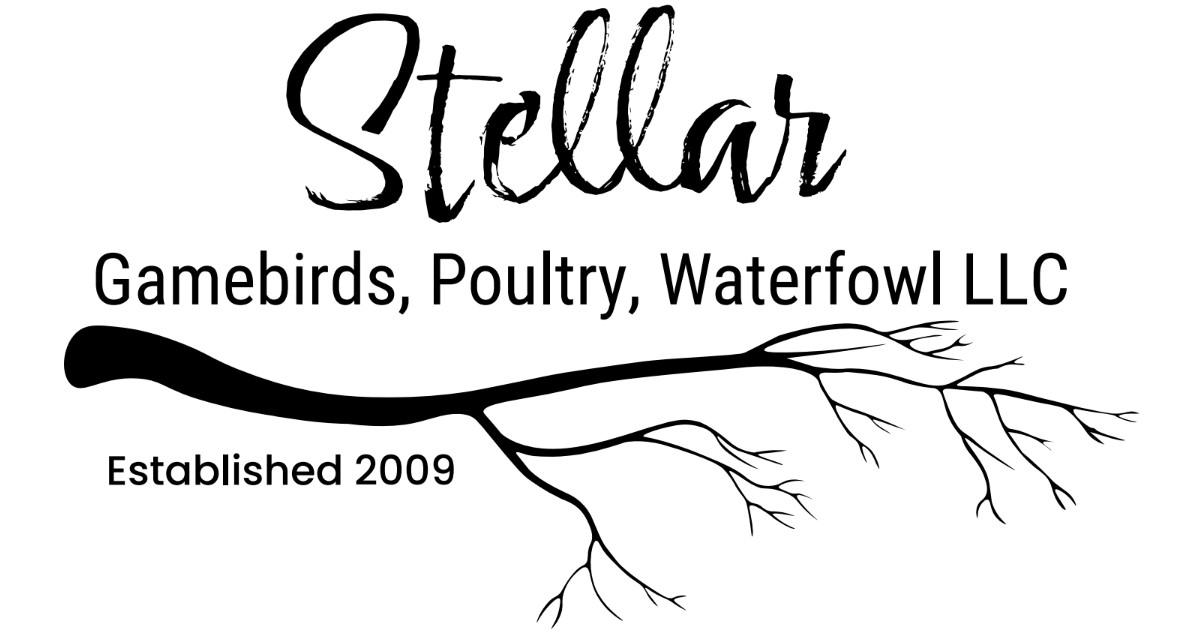Protein is an important substance in your bird’s diet and growing it is much better than buying it commercially when you are increasing it. If you are interested in self sufficiency and homesteading, having a meal worm farm is a must. It requires minimal work, and provides your fowl with good food.
We had to redo our systems today since spiders took over after some storms. Our first advice for you is to keep your meal worm farm in a closed environment away from rain or critters. You will need to check on your worms and beetles, and sift to organize, therefore put your system where you will not forgot about it.
Meal Worm Basic Nutrition:
| Stage | Dry Matter % | Moisture % | Crude Protein % | Crude Fat % | Ash % | NFE % |
| Larvae | 43.05 | 56.95 | 48.31 | 40.46 | 2.92 | 8.31 |
| Pupae | 38.39 | 61.61 | 55.30 | 36.54 | 3.27 | 4.89 |
| Adult | 42.10 | 57.90 | 59.43 | 28.33 | 3.16 | 9.08 |
(Source: http://www.dbs.nus.edu.sg/research/fish/livefood/mealwm.html)
As you can see there is quite some protein in there! This is a good supplement to any fowl diet. You will need to feed sparingly to smaller birds. Quail, for instance, would need a handful of mealworms weekly. Button quail only need 2-3 meal worms every other day. The fat content is quite high. You can dehydrate the meal worms if you have a dehydrator and the fat content will go away, leaving all that protein goodness behind.
Setting up Your Meal Worms
What do you need?
1. Strainers
2. Shelves or organizing shelves (buckets will do as well)
3. A bedding substrate (corn meal, wheat bran, or even chick starter)
4. A piece of fruit of potato (for their water)
5. The meal worms
You can your mealworms online or at a petstore to start your colony. You can choose any number to purchase if you shop online. We started with 500 and now we have thousands.
We purchased our bedding substrate at the feedstore. We are using Wheat bran. It is very fine and easy to sift out the different stages.

We have two sifters that have different sized holes. These two sifters help us get all the small mealworms and make sure we get most of the little ones.
We have many stages of meal worms and beetles, therefore we got a three shelf tier. The first shelf contains the eggs and little worms, the second contains the medium sized worms in which we use to feed the fowl, and the third shelf contains the beetles.

After each shelf is filled with wheat bran, the meal worms are placed in them. Normally you would sift the worms out of one shelf into another and organize that way. For educational purposes we are showing you how to organize your shelves.
The Life Cycle of the Meal Worm:
| Stage | Time* |
| Egg Incubation | 4-19 days (usually 4-7). Another source says 20-40 days |
| Larva | 10 weeks. Visible after about a week |
| Pupa | 6-18 days |
| Beetle and Egg Laying | 8-12 weeks (followed by death). Egg laying starts 4-19 days (average 12) after emergence |
When I sift, I have a bucket I leave aside for leftovers. These include beetles that have died, meal worms, and wheat bran that has been used. The birds love this extra treat to their daily routines.
In every shelf unit we place egg cartons. The worms and beetles love it. The beetles will lay in it as well. It seems to be a form of enrichment and they eat the paper as well.
To recap: The egg carton and wheat bran goes into each shelf.
Some Happy Beetles enjoying their new bedding. We will sift the bedding out in 2 weeks. The Bedding will be put in a new shelf and should contain multitudes of eggs. The egg cartons are moved with the bedding since the beetles lay their eggs in there as well. The beetles are moved to a new shelf with new bedding. A new set of beetles are added to this group as some of the previous beetles may have departed. The departed beetles go to the birds to much on.

We Organize the meal worm bins to get a constant supply of the meal worms on the top right. That is the size we are looking for when feeding most of our birds.
Keeping the bins organized helps in sorting what stays to the next stage and what gets fed to the birds. Keeping these stages moving makes a good system going. It is important to keep it going so you have a constant supply of meal worms to provide your birds.
Oh! And do not forget the water substance! Today the only option we had was a pear! The core is perfect for the meal worms. You can enjoy the rest.






